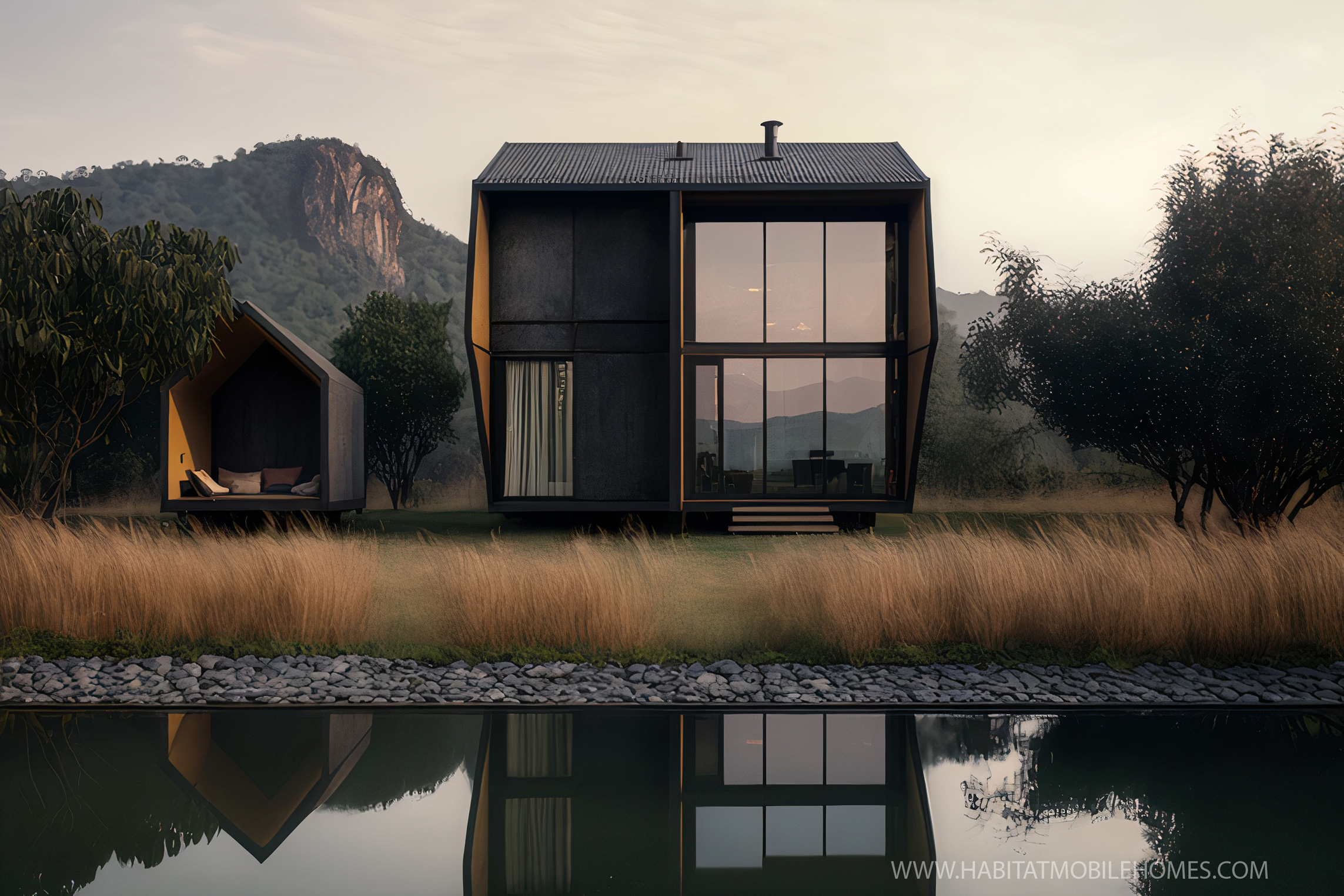Did you know a mobile home could be used as a residential annex in the garden of a house without the need for planning permission?
General Conditions
Land situated outside of a conservation area, national park or article land where development is restricted.
The Town and Country Planning General Permitted Development Order 1995.
Use must accompany the house, used by a family member for example and not rented as a private residence.
Section 29 (1) of the Caravan Sites and Control of Development Act 1960
Located in the residential boundary of a dwelling house. Not adjoining woodland or agricultural land.
Section 29 (1) of the Caravan Sites and Control of Development Act 1960
Can be assembled on location, under guidelines, if access is restricted.
Appeal Decision by the Secretly of State. Brentall v. Erewash 2002
Mobile Homes as Residential Annexes: A Comprehensive Guide
The concept of using a mobile home as a residential annex within the garden of a house presents an intriguing and often overlooked opportunity in property development. Such usage aligns with specific legal frameworks and planning permissions in the UK, particularly under the Town and Country Planning General Permitted Development Order 1995 and the Caravan Sites and Control of Development Act 1960. This article delves into the conditions and legal considerations for utilising a mobile home as a residential annex, a solution that offers flexibility and practicality for many homeowners.
Legal Framework and Conditions
1. Geographical and Zoning Restrictions
Under the Town and Country Planning General Permitted Development Order 1995, the use of a mobile home as a residential annex is permissible on land situated outside conservation areas, national parks, or designated ‘Article 2(3)’ land where development is more tightly controlled. This means that for homeowners living in these specific areas, the option to install a mobile home within their garden space is more accessible, subject to certain conditions.
2. Usage and Occupancy Regulations
A key condition outlined in Section 29 (1) of the Caravan Sites and Control of Development Act 1960 is that the mobile home must be an accompaniment to the house. It should be used by a family member and not rented out as a private residence. This stipulation is crucial for ensuring that the mobile home serves as an extension of the existing dwelling, rather than a separate dwelling unit or a commercial rental property.
3. Location within Residential Boundaries
The mobile home must be located within the residential boundary of the dwelling house. Placement adjoining woodlands or agricultural land is not permissible under the Act. This requirement ensures that the mobile home remains an integral part of the residential property and does not encroach on more protected land types, maintaining the balance between residential expansion and environmental conservation.
4. Assembly and Access Considerations
In cases where access is restricted, mobile homes can be assembled on location under specific guidelines. This flexibility was upheld in the appeal decision ‘Brentall v. Erewash 2002’, which recognised the practical challenges of transporting and installing a mobile home in certain locations. Homeowners can therefore consider this option even if direct access for a fully assembled mobile home is not available.
Implications and Practical Considerations
1. Planning Permission and Legal Compliance
While the aforementioned legal frameworks provide a basis for using a mobile home as a residential annex without needing explicit planning permission, homeowners must ensure compliance with all relevant local and national regulations. It is advisable to consult with planning authorities or legal experts to avoid any inadvertent breaches of planning laws.
2. Impact on Property Value and Aesthetics
The introduction of a mobile home as a residential annex can have implications for the property’s value and aesthetics. Homeowners should consider the design and placement of the mobile home to ensure it complements the existing property and does not detract from the overall appearance or value.
3. Utility Connections and Services
Ensuring proper utility connections, such as electricity, water, and sewage, is crucial for making the mobile home habitable and comfortable. These installations must comply with all relevant safety and building regulations.
4. Community and Neighbourhood Considerations
The installation of a mobile home as an annex may raise concerns or questions from neighbours or the local community. Transparent communication and consideration of the impact on the neighbourhood can help in maintaining good relations and avoiding disputes.
Utilising a mobile home as a residential annex within the garden of a house offers a unique and flexible solution for expanding living space. However, it requires careful consideration of legal, practical, and community aspects. By adhering to the outlined conditions and regulations, homeowners can explore this option as a viable and innovative way to enhance their living arrangements.

